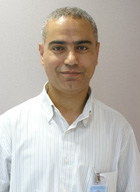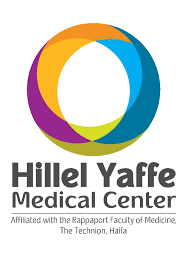Day 1 :
Keynote Forum
Gjumrakch Aliev
University of Atlanta, USA
Keynote: Implication of the multitarget therapies in the context of the aged associated oxidative stress induced cellular and subcellular hypo perfusion and mitochondrial DNA deletion during the development and maturation of alzheimer disease: Past, present and future
Time : 10:00-11:00

Biography:
Abstract:
Keynote Forum
Natasa Radojkovic Gligic
University of Belgrade, Serbia
Keynote: Epileptic phenomena, differential diagnosis, delirium in case of an acute stroke patients that have been diagnosed with vascular dementia in the past
Time : 11:20-12:05

Biography:
Abstract:
Keynote Forum
Olivier Baledent
University of Picardie Jules Verne, France
Keynote: CSF flows: From origins to alterations

Biography:
Abstract:
- Neurology | Dementia | Child Neurology | Central Nervous System | Neurophysiology | Neuromuscular Disorders
Location: Tokyo

Chair
Gjumrakch Aliev
University of Atlanta, USA
Co-Chair
Natasa Radojkovic Gligic
University of Belgrade, Serbia
Session Introduction
Zena Vexler
University California San Francisco, USA
Title: Neurovascular interface in stroke: Effects of age

Biography:
Abstract:
Marina Zueva
Moscow Helmholtz Research Institute of Eye Diseases, Russia
Title: Fractal optical stimulation to support the cognitive ability in aging and TBI

Biography:
Abstract:
Josef Finsterer
University of Veterinary Medicine, Austria
Title: Brain imaging in adult mitochondrial disorders

Biography:
Abstract:
Drini Dobi
University Hospital Center “Mother Teresaâ€, Albania
Title: Ischemic cerebrovascular accidents in very old persons

Biography:
Abstract:
Muhammad Mahajnah
Hillel-Yaffe Medical Center, Israel
Title: The role of hypomorphic mutations in POLR3A in progressive sporadic and recessive spastic ataxia

Biography:
Abstract:







